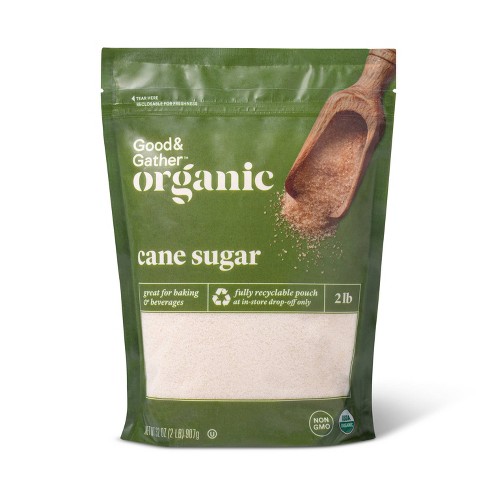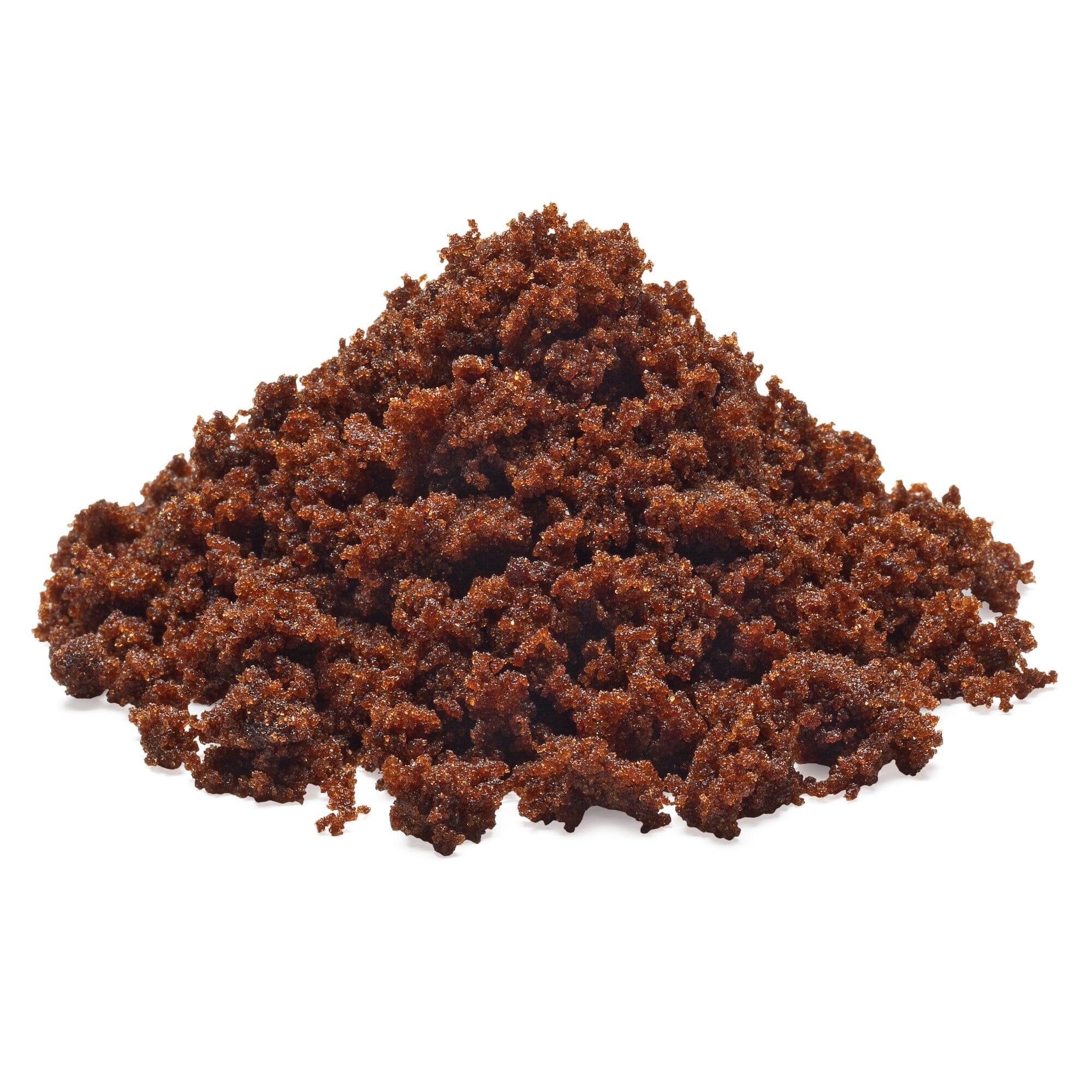Comprehending Cane Sugar Processing: A Comprehensive Review of the Stages
Comprehending Cane Sugar Processing: A Comprehensive Review of the Stages
Blog Article
An In-Depth Guide to the Environmental Effect and Sustainability Practices in Walking Stick Sugar Handling
The ecological impact of walking stick sugar handling provides an intricate selection of obstacles that warrant mindful evaluation. From soil deterioration and extreme water use to the carbon impact related to farming and manufacturing, the effects of standard techniques are far-ranging. On the other hand, the fostering of innovative sustainability steps provides a pathway toward more liable manufacturing approaches. Comprehending the interplay between these issues is important for stakeholders in the market. What particular practices can be implemented to strike a balance in between efficiency and environmental stewardship? The answers hinge on a more detailed consider both the obstacles and prospective services.
Overview of Cane Sugar Handling
Walking stick sugar handling includes a collection of methodical steps that transform sugarcane into polished sugar. Initially, collected sugarcane is moved to processing centers, where it goes through cleaning to remove dirt and debris. Following this, the walking cane is crushed to draw out juice, which is after that clarified by getting rid of impurities with home heating and the enhancement of lime.
The made clear juice goes through dissipation, where water is removed to concentrate the sugar content. This focused syrup is then taken shape through air conditioning, permitting sugar crystals to develop. These crystals are divided from the remaining syrup utilizing centrifugation, causing raw sugar. To achieve refined sugar, the raw product goes through further purification procedures, which might consist of washing and filtering system to eliminate staying impurities and color.
The last product is after that dried out and packaged for circulation. Throughout this whole process, keeping efficiency and high quality control is essential to guarantee the sugar fulfills sector standards. Each action in walking stick sugar handling not just adds to the end product but likewise has ramifications for source use and waste generation, establishing the phase for conversations on sustainability and environmental effects connected with sugar manufacturing.
Ecological Obstacles of Manufacturing
The manufacturing of walking cane sugar offers a number of considerable environmental difficulties that warrant attention. One primary issue is the comprehensive use of agrochemicals, including chemicals and fertilizers, which can result in soil destruction, biodiversity loss, and contamination of neighborhood water resources. The overflow from sugarcane fields frequently lugs these chemicals right into neighboring ecosystems, interfering with marine life and impacting the health and wellness of communities reliant on these water bodies.
Another obstacle is the high power consumption related to sugarcane handling. The boiling and refining stages require significant warm, mainly produced by burning fossil gas, adding to greenhouse gas emissions. In addition, the extensive acreage required for sugarcane farming can cause deforestation and habitat destruction, more exacerbating environment modification and threatening wild animals.
Furthermore, the labor practices in some areas raise moral issues, as employees may encounter bad working problems and insufficient incomes. This circumstance typically bolsters a cycle of hardship in neighborhood neighborhoods. Cane Sugar Processing. Addressing these environmental obstacles is important for developing a lot more sustainable methods in walking cane sugar production, ultimately benefiting both the setting and the neighborhoods associated with this market
Water and Land Usage Effect
Water resources and land use are crucial elements in the walking cane sugar industry that dramatically impact the atmosphere. The farming of sugarcane requires considerable water input, with price quotes suggesting that it can eat up to 2,000 liters of water per kg of sugar generated. This intensive use of water usually results in exhaustion of neighborhood water resources, affecting not only the sugarcane plantations however likewise bordering environments and areas that count on the same water sources for farming and domestic use.

Furthermore, land usage for sugarcane cultivation can result in deforestation and the conversion of all-natural environments into monoculture plantations. This technique other decreases biodiversity, interferes with local ecosystems, and adds to soil destruction. The expansion of sugarcane fields often intrudes on valuable agricultural land, developing competition for resources in between food and biofuel manufacturing.
Lasting practices, such as enhancing watering strategies and executing plant turning, are important to alleviate these influences. By adopting a lot more effective water use and land management techniques, the walking stick sugar sector can reduce its ecological footprint, making certain a balance between agricultural efficiency and ecological conservation.
Greenhouse Gas Emissions
Greenhouse gas emissions represent a considerable environmental problem within the cane sugar processing market, especially as farming techniques increase to fulfill worldwide demand. The growing of sugarcane, a plant that prospers in exotic environments, relies heavily on synthetic fertilizers and pesticides, which contribute to nitrous oxide exhausts. In addition, land-use adjustments, consisting of logging for brand-new sugarcane haciendas, launch co2 kept in plants and dirt.
Throughout handling, energy intake is an additional significant source of greenhouse gas exhausts - Cane Sugar Processing. visit site Several sugar mills use nonrenewable fuel sources to power machinery and create warm, leading to considerable carbon impacts. In addition, the transportation of raw sugarcane and finished items adds layers of emissions via fuel burning in automobiles
The cumulative result of these emissions aggravates environment change, posing dangers not only to the setting but additionally to the long-lasting viability of the market. Stakeholders must identify the urgent requirement for extensive techniques that address these discharges. This includes assessing existing agricultural methods, processing approaches, and transport systems to determine locations for renovation and mitigation. Dealing with greenhouse gas emissions is important for cultivating a more lasting cane sugar market in a transforming climate.

Sustainable Practices and Innovations
Lasting techniques and technologies are significantly important in the cane sugar handling industry as stakeholders look for to decrease ecological effects while maintaining efficiency. One significant advancement is the application of integrated crop management, which maximizes resource use by incorporating soil management, insect control, and crop turning strategies. This method improves yield while minimizing chemical inputs and maintaining soil health and wellness.
Furthermore, the fostering of renewable power resources, such as biomass from sugarcane residues, has actually obtained traction - Cane Sugar Processing. By converting waste products into energy, refining centers can decrease their dependence on nonrenewable fuel sources, consequently decreasing greenhouse gas emissions
Water administration techniques have likewise seen Source renovations through the recycling and reusing of water in processing plants, significantly minimizing freshwater intake. Innovations in innovation, such as accuracy farming, make it possible for farmers to keep track of crop health and resource usage much more properly, making certain sustainable growing methods.
Additionally, qualification programs like Fair Trade and Rain forest Alliance urge ecologically responsible farming techniques and advertise social equity within the supply chain. By embracing these sustainable practices and developments, the walking stick sugar handling sector can enhance its resilience and contribute positively to environmental stewardship.
Conclusion
The ecological influence of walking cane sugar handling offers substantial obstacles, consisting of soil deterioration, high water consumption, and greenhouse gas exhausts, alongside moral problems connected to labor techniques. Resolving these concerns with sustainable practices, such as integrated plant administration, sustainable energy adoption, and water recycling, is essential. By advertising socially fair and ecologically accountable techniques in sugar production, the sector can alleviate its negative effects, ensuring an extra lasting future for both ecological communities and areas associated with this industry.
Cane sugar handling includes a series of organized steps that change sugarcane into refined sugar. Each action in cane sugar handling not only adds to the last product yet likewise has implications for resource use and waste generation, setting the phase for conversations on sustainability and ecological effects connected with sugar manufacturing.
Greenhouse gas emissions stand for a substantial environmental problem within the walking stick sugar handling industry, specifically as agricultural techniques expand to satisfy global demand.Lasting practices and technologies are progressively essential in the walking cane sugar processing market as stakeholders look for to lower environmental influences while maintaining efficiency.The ecological impact of walking stick sugar handling presents significant difficulties, consisting of soil degradation, high water usage, and greenhouse gas exhausts, along with ethical worries connected to labor practices.
Report this page